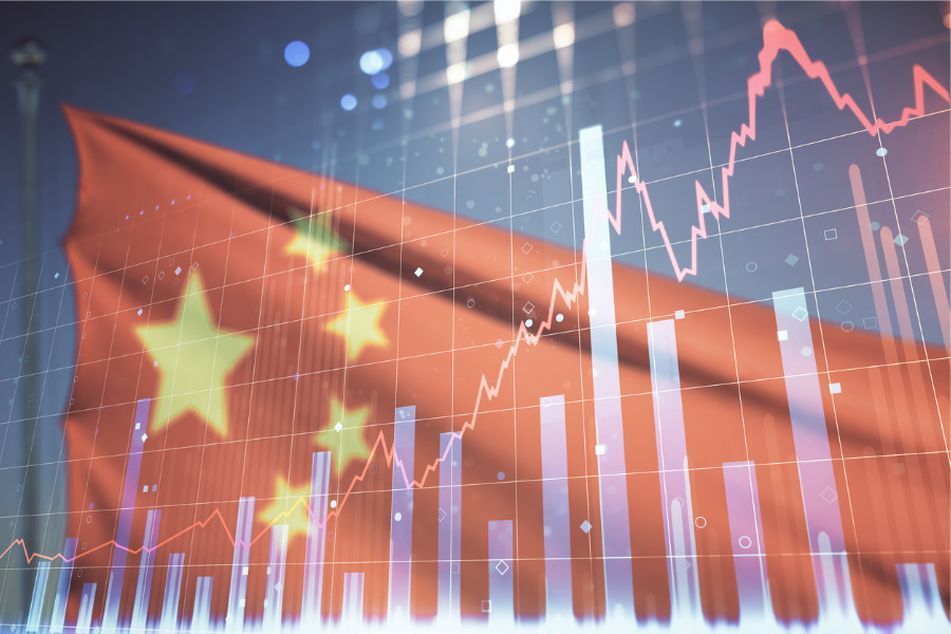Goldman, Morgan Stanley now expect China to perform better

Wall Street analysts see opportunity as Chinese economy shows potential.
Goldman Sachs Group Inc. and Morgan Stanley raised their outlook for China’s economic growth this year as factory activity and exports accelerate more than expected.
China’s economy likely expanded at a 7.5% annualized pace in the first quarter from the prior three months, Goldman economists led by Hui Shan said in a note Wednesday — higher than their 5.6% prior estimate. The bank now sees 2024 growth forecast at 5%, in-line with Chinese policymakers’ target, versus 4.8% previously.
Morgan Stanley also lifted its 2024 growth forecast, to 4.8% from 4.2% previously, citing better-than-expected export growth from resilient US demand and robust export volume. Beijing’s increased focus on supply-chain upgrade is also expected to lead to stronger capital expenditure in the manufacturing sector, according to a report dated Wednesday.
The world’s second-largest economy has struggled to regain momentum as the property sector and consumer spending remain weak, though data so far this year have shown green shoots in factory activity and trade.
Data next week is set to show the economy expanded at a 5% year-on-year pace in the first quarter from 5.2% at the end of last year, according to forecasts. Deflationary pressures remain, with consumer prices barely increasing from a year earlier last month, according to data released Thursday.
The upward revisions come after a key gauge of factory activity — the Caixin manufacturing PMI — indicated a fifth straight month of expansion in March, with official government data also showing a rebound. Exports have also increased amid rising global demand for technology goods.
“Recent China macro data have been solid,” Goldman’s economists wrote in the note, adding that the manufacturing data “suggests the Chinese economy found a local bottom in late 2023 and is on the way up.”
Goldman also cited robust tourism, with spending above pre-pandemic levels during the Qingming festival last week. Inventories also grew in the first quarter, according to Goldman’s internal metric, which add to growth when calculating gross domestic product.
The estimates compare with the average forecast of 4.6% growth in last month’s Bloomberg survey of economists.
Despite the better outlook, Morgan Stanley economists led by Robin Xing forecast a decline in overall prices, or the GDP deflator, of 0.1% in 2024, versus a rise of 0.1% previously, citing “possibly persistent lowflation from supply-centric policy package.” China recorded its longest streak of deflation since the 1990s last year.
Morgan Stanley also revised down their household consumption forecasts slightly due to limited progress on economic rebalancing and potentially slower wage growth amid sluggish corporate profitability.
The stronger growth momentum also means there’s little chance for additional easing when the Communist Party’s Politburo convene for a meeting at the end of April that traditionally focuses on the economy, Morgan Stanley economists said in the report. The likelihood for more easing at the Politburo meeting at the end of July also declined significantly unless there’s a significant slowdown in sequential growth, they said.
Learn more about reprints and licensing for this article.








